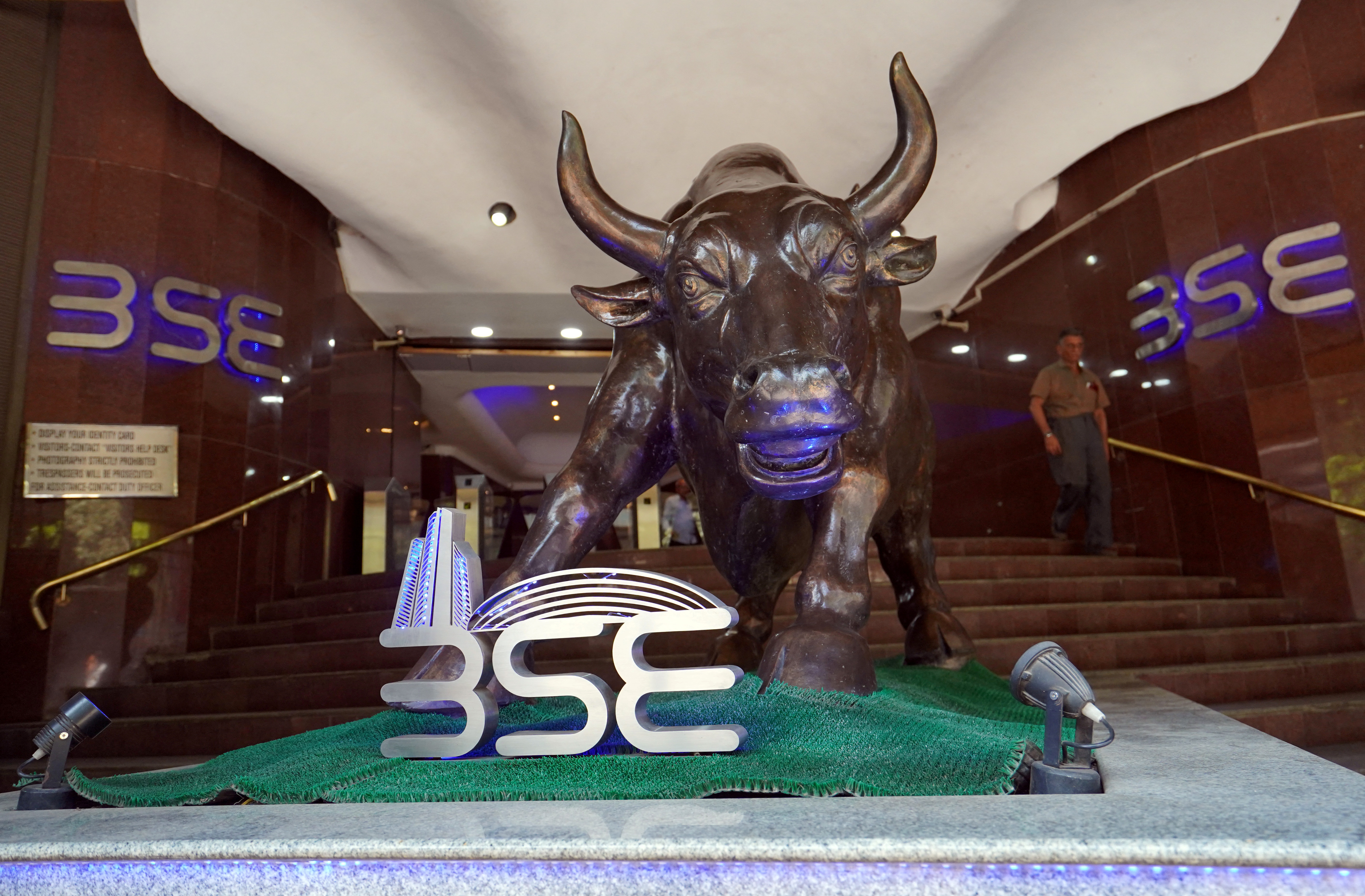Share the post "Classic Electricals : Q4 2024 Financial Quarterly Report"
Highlights
- Sales over the Year and quarter:
- Income over the Year and quarter: There has been decline in other income over the past year which is -17.24 %, Marginal decrease of -4% in other income during this quarter.
- Profit over the Year and quarter: Challenges in sustaining profitability for Classic Electricals Ltd.,. Profit dropped by -137.86 % Year to Year, Classic Electricals Ltd.,’s profitability dropped by -208.33 % Quarter to Quarter.
- EPS over the Year and quarter: EPS declined by -137.14 % Year to Year. EPS decreased by -208.33 % in previous quarter. Analysis needed for shareholder value.
| Metrics | Previous Year | Previous Quarter | Current Quarter | Quarter to Quarter Difference | Year to Year Difference |
|---|---|---|---|---|---|
| Sales | Rs. 0 Cr | Rs. 0 Cr | Rs. 0 Cr | 0 % | 0 % |
| Expenses | Rs. 0.11 Cr | Rs. 0.17 Cr | Rs. 0.17 Cr | + 0 % | + 54.55 % |
| Operating Profit | Rs. -0.11 Cr | Rs. -0.17 Cr | Rs. -0.17 Cr | + 0 % | -54.55 % |
| OPM % | 0 % | 0 % | 0 % | 0 % | 0 % |
| Other Income | Rs. 0.29 Cr | Rs. 0.25 Cr | Rs. 0.24 Cr | -4 % | -17.24 % |
| Interest | Rs. 0.04 Cr | Rs. 0.01 Cr | Rs. 0.02 Cr | + 100 % | -50 % |
| Depreciation | Rs. 0.01 Cr | Rs. 0.01 Cr | Rs. 0.01 Cr | + 0 % | + 0 % |
| Profit before tax | Rs. 0.13 Cr | Rs. 0.06 Cr | Rs. 0.04 Cr | -33.33 % | -69.23 % |
| Tax % | 22.96 % | 37.93 % | 192.86 % | + 154.93 % | + 169.9 % |
| Net Profit | Rs. 0.1 Cr | Rs. 0.04 Cr | Rs. -0.04 Cr | -200 % | -140 % |
| EPS in Rs | Rs. 0.7 | Rs. 0.24 | Rs. -0.26 | -208.33 % | -137.14 % |
Today, we’re looking at Classic Electricals Ltd.,’s financial performance for the Q4(Mar 2024).Expenses ticked up slightly by 0 % quarter-on-quarter, aligning with the annual rise of 54.55 %. Operating profit, while down -54.55 % compared to last year, faced a quarter-on-quarter increase of 0 %, signaling a short-term expansion in margins.
Other income fell by -4 % compared to the last quarter, despite an annual decline of -17.24 %. Interest expenses surged remarkably by 100 % from the previous quarter, yet the year-over-year decrease remains at a moderate -50 %. Depreciation costs climbed by 0 % quarter-on-quarter, whereas on an annual scale, they saw an increase of 0 %. Profit before tax declined annually by -69.23 % but saw a reduction from the preceding quarter by -33.33 %.
Tax expenses as a percentage of profits increased slightly by 169.9 % compared to last year, with a more notable quarter-on-quarter increase of 154.93 %. Net profit fell by -140 % year-on-year but witnessed a -200 % contraction from the last quarter. And finally, Earnings Per Share (EPS) displayed an annual downturn of -137.14 % but a quarterly fall of -208.33 %. In summary, Classic Electricals Ltd.,’s annual performance indicates steady growth, although the quarter-on-quarter figures suggest some areas may require strategic attention.
| Metrics | Previous Year | Previous Quarter | Current Quarter | Quarter to Quarter Difference | Year to Year Difference |
|---|---|---|---|---|---|
| Sales | Rs. 0 Cr | Rs. 0 Cr | Rs. 0 Cr | 0 % | 0 % |
| Expenses | Rs. 0.11 Cr | Rs. 0.17 Cr | Rs. 0.17 Cr | + 0 % | + 54.55 % |
| Operating Profit | Rs. -0.11 Cr | Rs. -0.17 Cr | Rs. -0.17 Cr | + 0 % | -54.55 % |
| Net Profit | Rs. 0.1 Cr | Rs. 0.04 Cr | Rs. -0.04 Cr | -200 % | -140 % |
| EPS in Rs | Rs. 0.7 | Rs. 0.24 | Rs. -0.26 | -208.33 % | -137.14 % |
In reviewing Classic Electricals Ltd.,’s 2024(Q4) financial snapshot, key trends emerge, shedding light on the company’s performance.Expenses rose by 54.55 % compared to the previous year, with a 0 % increase quarter-on-quarter. Operating Profit dropped by -54.55 % annually, and saw a 0 % increase from the last quarter.
Net Profit showed yearly decrease of -140 %, and experienced a -200 % decrease from the previous quarter. Earnings Per Share (EPS) fell by -137.14 % annually, however dipped by -208.33 % compared to the last quarter. In essence, while Classic Electricals Ltd., faces strong annual decline indicators, short-term fluctuations suggest the need for agile strategies to navigate market dynamics effectively. That’s all for now in the financial sector.




